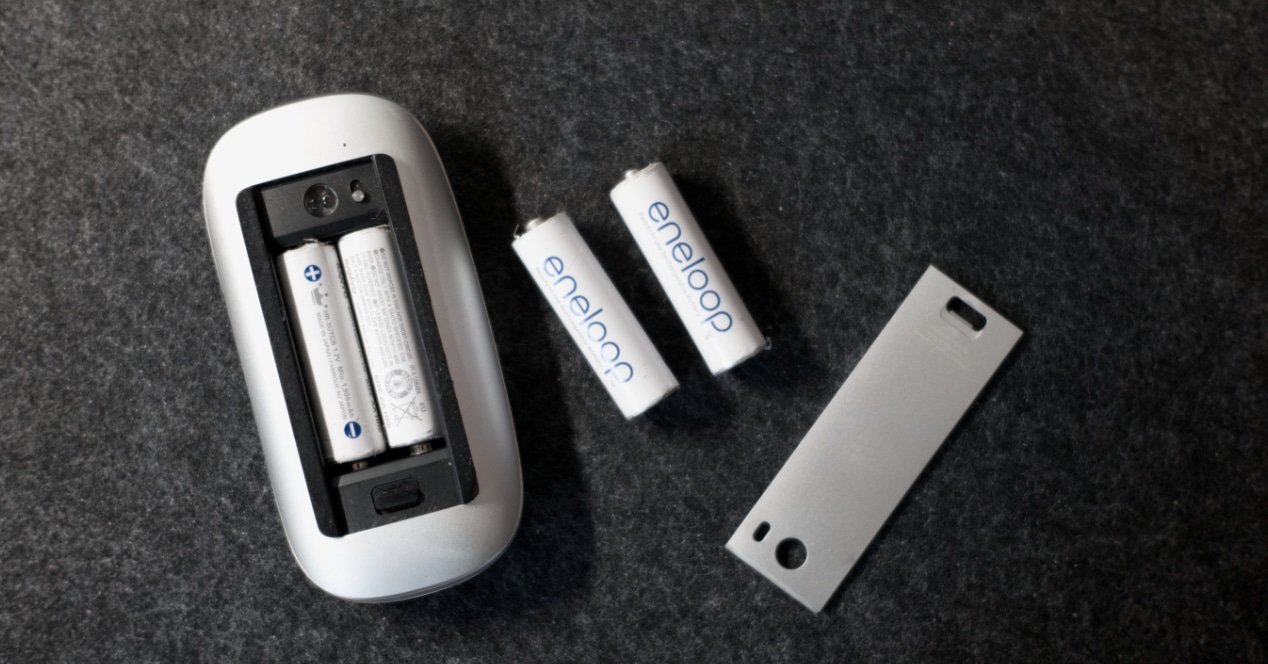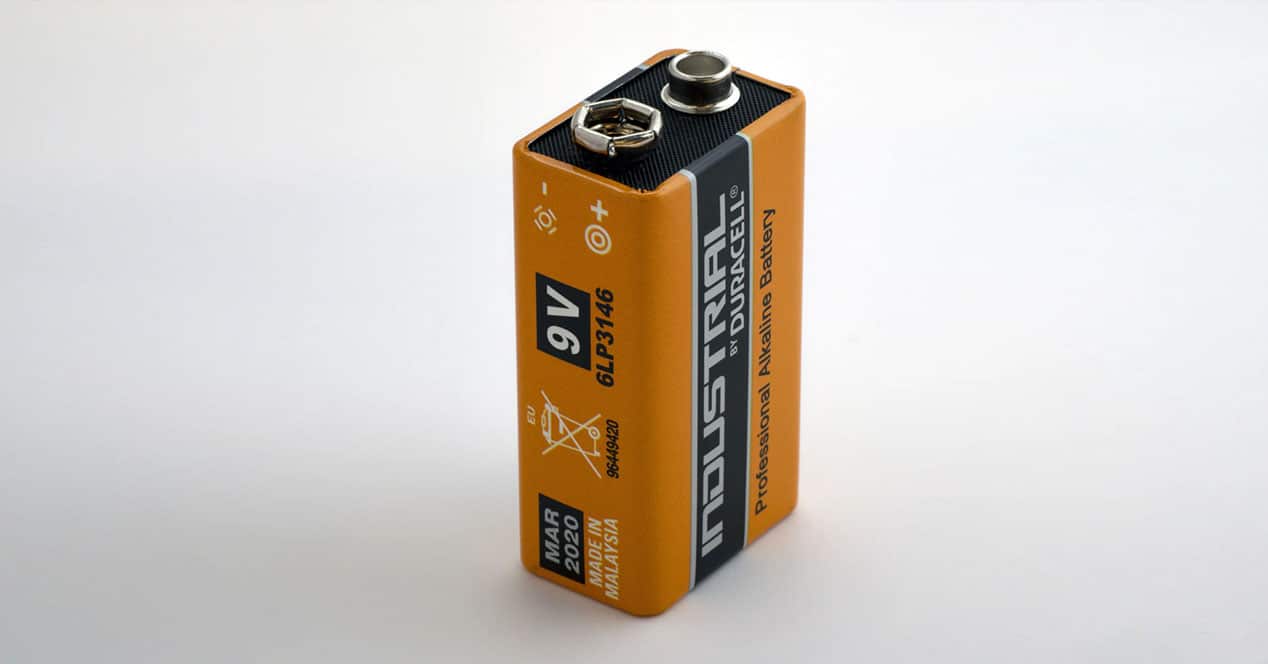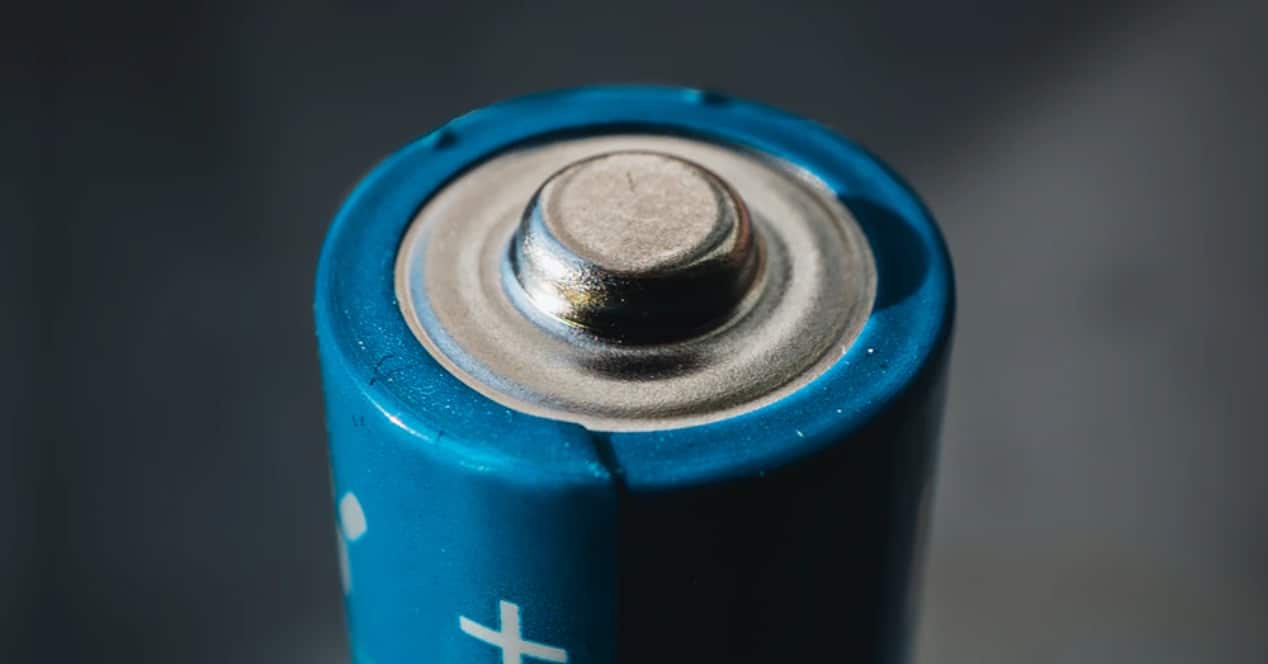
As much as we all love that our devices have their own batteries and charging systems, it must be recognized that traditional batteries are still very necessary and even convenient on more than one occasion. So let's talk about everything you should know about rechargeable batteries.
Batteries or batteries?

If we are strict in the use of terminology, a cell and a battery are not the same. When the battery runs out you can no longer recharge it, while the battery can. Despite this, due to the similarity in the format and a (sometimes) bad translation from English, we have all ended up calling those batteries rechargeable batteries that, when subjected to an electric current, recover their charge.
However, be careful with trying to recharge a disposable battery or using some type of battery in a charger that is not suitable for it. Because you could cause significant damage and even take some unnecessary risks due to not taking into account some basic details.
The advantages of using batteries
Knowing that first explanatory point, why is using batteries still something that brings advantages instead of the opposite? Well, we are going to go in parts, because although it is true that the use of lithium batteries has become very popular and is almost usual, there are situations where being able to have this type of energy solution so standard is much more convenient.
Today, if there are many gadgets that continue to use the use of batteries is for several reasons:
– The first is that the manufacturer finds it much cheaper to use batteries instead of integrating everything necessary to use a lithium battery, charging circuit, etc.
– The second is that the useful life of the device is extended since it will not depend on the state of conservation of the battery, which is affected by the duration and charging cycles. When using batteries, if they wear out you just have to change them and that's it
– The third and last, carrying an extra battery pack guarantees that you can continue using the device and if not, finding batteries is always very easy. When you have an integrated and non-replaceable battery you are forced to stop to charge
These are some of the points that justify the use of batteries today. And despite the advantages of integrated batteries, it is not at all crazy to think that this is why there are still many manufacturers that continue to bet on them. Of course, for all this to be profitable, the ideal is that you use batteries (rechargeable batteries).
What types of batteries are there?

Starting from this acceptance of the term rechargeable battery for those batteries that share the form factor of traditional batteries, we would have that there are basically two types: rechargeable and disposable batteries.
Disposable batteries are those for single use and inside we could find normal and alkaline batteries. The advantage of the latter is that they usually offer a voltage of 1,5V instead of 1,2V. A difference that for certain devices or accessories can be important.
However, what interests us are rechargeable batteries and here there are basically two types: NiCd rechargeable batteries (Nickel Cadmium) and from NiMh (Nickel Metal Hydride).
Currently, the latter are the most widespread because they solve some of the main problems of the former and offer a much more attractive value for money. In addition to being less polluting and not increasing that dreaded memory effect, which for those who do not know is a problem due to which its useful life and load capacity decreases if it is not carried out when it has really worn out to the maximum and is given a new charge until it reaches 100% of its capacity.
Therefore, when you go to buy rechargeable batteries, the ideal is to buy those that are of the Ni-Mh type. Although you may now ask about those data that are included in the battery itself or its packaging.
Characteristics of a rechargeable battery

Once you are clear about what type of batteries you are going to buy, the next thing is to pay a little attention to some information that is indicated on them, such as the type of battery, voltage, and load capacity.
The first is the type of battery that it is, that is, its form factor. The most common are AA and AAA batteries. o LR6 and LR3, used by remote controls, radio control cars, flashes, etc. But there are many more types, such as those with a flask, a button, etc. So first you will have to know what type of battery you need.
On the voltage it will also depend a lot on the type of battery. Some reach 9V, but the most common that we mentioned before move between 1,2 and 1,5 V.
Lastly, the capacity of your charge is measured in mAh And as you already know from the rest of the batteries that you use on a daily basis, it refers to the maximum amount of current that it is capable of supplying for an hour, so the more, the longer the time that you can use the device according to its consumption.
In AA rechargeable batteries (the most used) it is normal to move between 2.000 mAh and 2.500 mAh. That in theory, because then the real capacity is always a little less, but just differences of 100 or 200 mAh in the worst case. In the case of the AAA we go down to 600 or 1.000 mAh more or less.
Knowing all this, the last thing that is also important to know is that not all battery brands manufacture them with the same quality standards. Hence the price differences and the reason why it pays to pay a little more for certain brands or models and ensure a longer useful life and also security for your devices. Because no one likes their batteries to "burst" and end up leaking and damaging the contacts or electronics of the device.
The best rechargeable batteries
If you need to continue buying batteries and you are tired of the ones that are used and thrown away, these are our recommendations. NiMh rechargeable batteries that we have used and offer guarantees of performance and durability. Although we will also show you some model of lithium batteries, in case you want to consider them, even if you remember that you will need a specific charger, the one you already have for other types of batteries is not worth it.
Eneloop
All the eneloop batteries They are very popular and it is logical, they offer great results and it has a normal version and a Pro version for somewhat more demanding uses. The first are those that we would recommend for all those devices where what is sought is a solution that can be recharged and helps save money. For example, portable radios, remote controls, toys, etc.
The Eneloop Pro family is more designed for these other somewhat more demanding devices, such as camera flashes or the like. Products with a much more demanding consumption. Although both in general will offer good performance.
See offer on Amazon See offer on Amazon See offer on AmazonEnergizer
All the energizer batteries They are a classic, they offer very good performance and durability, which in the end is what matters most. So they are ideal for recurring use of them on all kinds of devices.
See offer on Amazon See offer on AmazonAmazon Basics Rechargeables
Lastly, Amazon batteries also offer very good results And they are very cheaply priced compared to other options. They are ideal for a wireless keyboard, remote controls and all those other household devices that need batteries to work.
You have different packs, but the set of 8 AA batteries and another 8 AAA batteries is not only very well priced, you will also have plenty for most devices that use them at home. Of course, buy a charger that is for more than four batteries if you want to charge them all at once much faster.
See offer on Amazon See offer on Amazon See offer on AmazonBattery charger and a super useful complement
Finally, when you go to buy rechargeable batteries, try to make it a pack of those that already includes the charger. If not, you will have to buy the charger separately and remember that it is suitable for the type of battery that you are going to use That is, it is for NiCd or NiMh batteries.
See offer on AmazonThis Amazon Basics model is interesting for two reasons: the first is that it offers a good price and then capacity for four batteries that can be AA or AAA type, although what is striking is that it also includes a USB connector so you can connect the cable charge your smartphone or to use it and charge a powerbank.
Finally, a very useful complement if you are one of those who use batteries on a regular basis is a load tester. These devices are capable of measure how much capacity each battery still has left, which is ideal so that when you put them to charge they are at the same level and as worn as possible. In addition, it is much more efficient and precise than the trick of dropping the stack from a few cm high and checking if it stays vertical or not. If it falls, it's worn out; and if it is maintained, it is that it has a charge.
*Note: The links to Amazon in this article are part of our agreement with their Affiliate Program and may earn us a small commission from their sale (without affecting the price you pay). Even so, the decision to publish and add them has been made, as always, freely and under editorial criteria, without attending to requests from the brands involved.
Gross mistake. In the section on "Batteries or batteries?", right in its first paragraph it says: "...a battery and a battery are not the same. The battery when it runs out you can no longer charge it, while the battery can.» Mr. Santamaría urgently needs to take a basic course in this regard, since he does not distinguish the BASIC DIFFERENCE between BATTERY and BATTERY and that IS NOT precisely what he indicates. A BATTERY is a basic element or ELECTROCHEMICAL ELEMENTARY CELL made up of the TWO ELECTRODES, the POSITIVE and the NEGATIVE, plus the ELECTROLYTE that provides charge transport from one to the other. The potential difference (colloquially known as VOLTAGE) that a BATTERY or ELEMENTARY CELL can deliver depends on the electrochemical process that provides the energy. The most usual values are 1.5 V for the so-called "common" batteries (zinc-carbon as electrodes) and the so-called alkaline ones, while for the so-called rechargeable ones its most usual value is 1.2 V (it is the technology that determines, depending on the of the electrochemical reaction, the value of this voltage). On the other hand, a BATTERY is an ARRANGEMENT of BATTERIES, to provide MORE VOLTAGE and/or MORE CURRENT to the external load. BATTERIES are either attached in a SERIES arrangement (the POSITIVE POLE of one BATTERY is attached to the NEGATIVE POLE of the next), which provides MORE OUTPUT VOLTAGE for the ARRANGEMENT, or several CELLS having THE SAME VOLTAGE are attached IN PARALLEL VOLTAGE (all the POSITIVE POLES joined together on one side and all the NEGATIVE POLES on the other), which provides MORE OUTPUT CURRENT, with a VOLTAGE equal to that of any of the INDIVIDUAL cells. For the vast majority of applications (not all), it is more common to have BATTERIES arranged IN SERIES. This is the case, for example, of the 9 V BATTERY, which is an arrangement IN SERIES of 6 1.5 V BATTERIES (that is what 9 V "square" batteries have) or of automobile batteries that have of 6 CELLS of 2 V each in a SERIES ARRANGEMENT to provide the 12 V. Then then, of course that "..a cell and a battery are not the same." But the BASIC DIFFERENCE between both CONCEPTS is not that "When the battery runs out you can't recharge it, while the battery can." As a simple curiosity, it caught my attention that the author focused ONLY on THREE commercial brands of RECHARGEABLE batteries, leaving out one of the most traditional and trusted brands: Duracell. I mean, the same author says, verbatim, that "not all battery brands manufacture them with the same quality standards. Hence the price differences and the reason why it pays to pay a little more for certain brands or models.” I didn't say it. Greetings.